The first Frieze Art Fair changed the face of London’s contemporary art scene, leading to the emergence of a slew of galleries from Bethnal Green to Mayfair that are now staples on the international stage. In the October issue of Apollo, we consider the generation of artists that inspired its creation and the impact of its launch.
As the fair returns to Regent’s Park in celebration of its 20th anniversary, Jane Morris asks eight leading curators, art advisors and gallerists how relevant it is today.
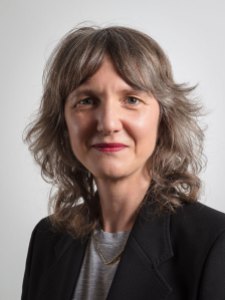
Polly Staple. Photo: © Mark Blower
Polly Staple
I was editor-at-large at Frieze magazine and a young curator when we started planning the first Frieze Art Fair [Staple commissioned the first four editions of Frieze Projects]. The art market in London was much smaller in 2003. When Matthew [Slotover] and Amanda [Sharp] told me they wanted to start a fair it made sense because very few people had an international network. But they did, because of the gallery network they had connected with through Frieze magazine. In the 20 years since then, the commercial art market has expanded significantly and become fully international.
Now, of course, we also realise the environmental impact of art fairs and that it’s only a tiny elite who can move freely around the world to art fairs and biennials. Fairs cater much more now to the art collectors than they did back then. In 2003, we were aiming to also engage a broad audience including the art student crowd – we were thinking about it as a festival.
Polly Staple is director of collection, British art at Tate, London
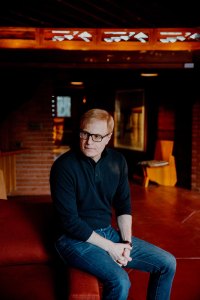
Todd Levin
Todd Levin
There are periods when certain purlieus and conditions are very exciting: the late 1970s in New York just prior to the East Village explosion, London in the late 1980s and early 1990s. But the international art world started to shift post-2000, and that included Frieze: there’s a huge difference between what Frieze Art Fair was in 2003 and what it is now.
The art market has become much more professional and corporatised, extremely high-net-worth individual collectors now have inordinate power, and they have started leveraging and borrowing money against art. There have been a lot of shifts and not all of them for the better.
At a certain point I stopped going to Frieze and most art fairs altogether: the only fairs that are crucial to my collectors now are Art Basel in Basel and TEFAF in Maastricht. I still do business at fairs in New York – TEFAF NY, the ADAA, whatever — but only because they are on my doorstep and clients request to meet there. Beyond that, I would require a very compelling reason to attend.
Todd Levin is an art advisor and the founder of Levin Art Group, New York
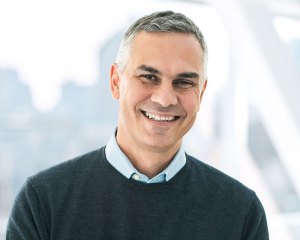
Massimiliano Gioni. Photo: Christine Rivera
Massimiliano Gioni
As an Italian, I found London in the 1990s and 2000s extremely cosmopolitan and multicultural: there was a Black culture and Indian and Pakistani cultures unlike anything in Italy at the time. But there was also something very British about it all – there was a sort of do-it-yourself attitude. It was amazing for me to see Matthew [Slotover] and Amanda [Sharp] who were older and more established than me but still kids pulling together a fair that the city and the galleries believed in. All the big museums were putting on shows to be part of that fair and there was a sense that the London art world would never be the same again.
Then in 2012, Frieze Masters launched and that felt more grown-up and establishment, but it came from a curiosity and openness to the history of art. It is also remarkable how many people who aren’t art buyers come to visit Frieze – I don’t think you see that at fairs like Art Basel. But I’m nostalgic for the days when the international art world — and London — didn’t feel so smooth and financial, and when cities and the art they show were more different from each other. And Frieze has been part of that.
Massimiliano Gioni is the artistic director of the New Museum, New York
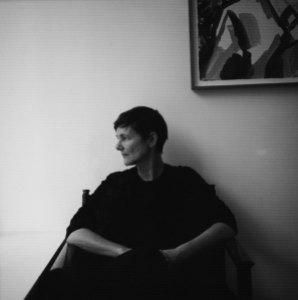
Sadie Coles. Photo: Jack Andrew Davison
Sadie Coles
The London art world of the 1980s used to feel like a very exclusive place, something that went on around Cork Street for a few upper-class people. The combination of museums, art fairs and the internet has really changed all that, especially the fact that information can now be accessed anywhere.
The change really began with the opening of Tate Modern [in 2000], which meant the Tate went from being a very good national institution to a world-class international museum. The first Frieze Art Fair happening at almost the same time [2003] was enormously exciting and turned London into a truly international hub for contemporary art. When I opened 26 years ago, my collectors were mostly American and European and a few British people. Now that has changed completely – they come from everywhere, including Asia and the Middle East.
The art world has globalised and now it feels like everyone can find out how to access it, which is hugely exciting. And it has also been a massive driver of business.
Sadie Coles is the founder of Sadie Coles HQ, London

Neil Wenman. Photo: Sim Canetty-Clarke
Neil Wenman
The big moment for London was the opening of Tate Modern, which redefined what a contemporary art museum could be. It exceeded all expectations. It had nearly five million visitors in its first year, the biggest attendance of a contemporary art museum ever. It put a massive spotlight on Britain and particularly London.
The first Frieze captured and celebrated the maelstrom of energy in the city at the time. And we loved it – Frieze was just so cool. And that’s not an easy thing to pull off in the art world, which is quick to dismiss. The fact that Frieze still retains that sense of contemporary relevance is a huge success.
Frieze throughout its history has represented a place that allowed us to play, to rebel. That’s what it needs to refocus on: a moment of creativity, somewhere where innovation can happen. That’s the very best of what the fair represents and should continue to offer.
Neil Wenman is global creative director and partner at Hauser & Wirth
François Chantala
The first Frieze really changed the game. For us it was a leap for sure – not completely into the void because the gallery world was a small, tight number of people and Thomas [Dane] had really been an important part of the London scene. When we participated in the first edition, we had not yet opened the gallery. But there was no way we would not be part of this, so we did the fair with Karsten Schubert and focused on books, prints and projects we were publishing together at the time with Ridinghouse. It was all quite improvised but very inspiring. The fair has always retained this feel of a place you could be a bit more open, where you could try out things.
Thomas Dane Gallery is also 20 this year – its history, the history of how London established itself as an art capital, and the history of Frieze, are completely intertwined. It is the only fair, along with Art Basel in Switzerland, that we would never let go of; it’s too ingrained in us. Frieze helped lift and solidify London into a complete art city and it’s never really lost that shine. It keeps reinventing itself – it’s as relevant now as it was 20 years ago.
François Chantala is a partner at Thomas Dane Gallery, London and Naples
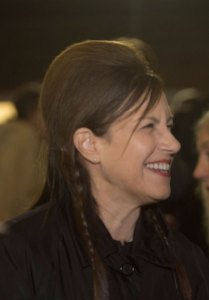
Maureen Paley. Photo: David Mirzoeff
Maureen Paley
When Matthew [Slotover] and Amanda [Sharp] set up it was a bit of a tabula rasa: there had been other fairs but nothing with their international outlook. They wanted to make the fair a hub and encourage people to visit London and give us all a platform that would work. It’s testimony to their vision that it’s still here 20 years on.
Compared with two decades ago, the situation is much healthier and more open in London now – there are many more spaces, both commercial and non-profit. You can see that with the success of London Gallery Weekend [in June]. There are now groups of galleries to visit in East London, South London, Central and North London that significantly contribute to art being seen all over the city. Artists from abroad are delighted to show in London, they consider it a very important art capital — we mustn’t lose sight of that.
Maureen Paley is the founder of Maureen Paley, London and Hove
Alison Gingeras
The first fair was really memorable – it put London on the international art map. There were loads of artists and curators, people who wouldn’t necessarily go to art fairs, going to it and staying out super late. The tent was a bit leaky and in hindsight there was something a bit mythical about it all.
Of course after a few years it became a little more rote, but then they introduced Frieze Masters, which brought a lot of lifeblood and excitement. People genuinely enjoyed it and it coincided with me, and other curators, doing a lot more historical work. It was very timely.
Inevitably it is hard to make these events compelling if you are not a collector, shopping. Frieze’s great success was to make a critical mass that brought in artists, critics, curators — a fair like Art Basel has never really been like that.
Alison Gingeras is a writer and curator based in New York
Unlimited access from just $16 every 3 months
Subscribe to get unlimited and exclusive access to the top art stories, interviews and exhibition reviews.

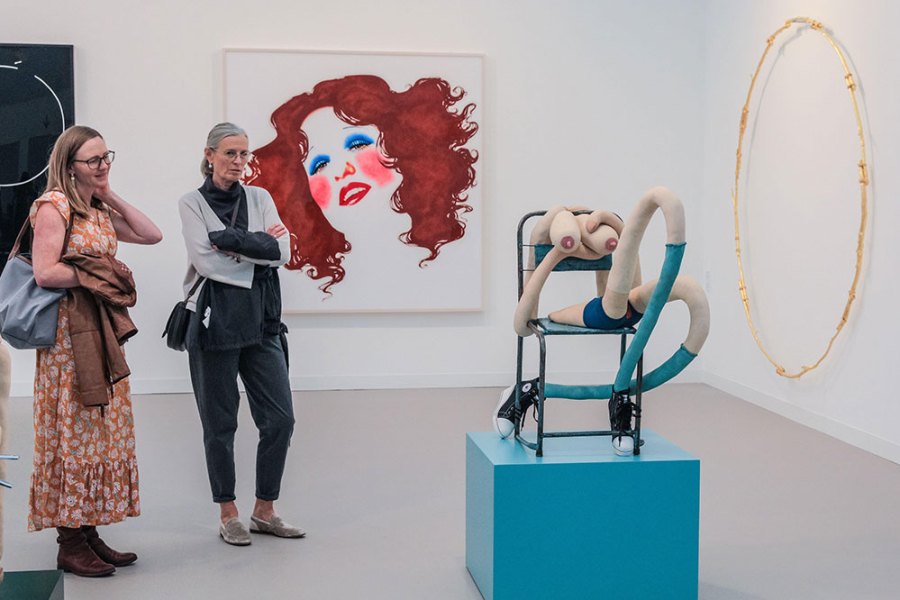
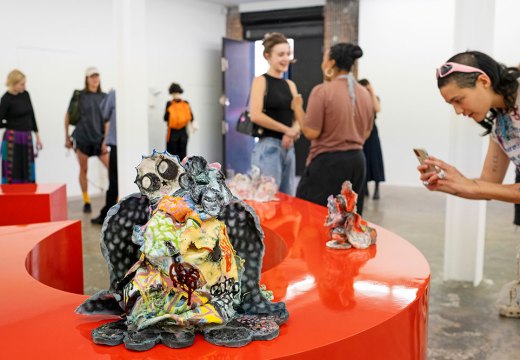
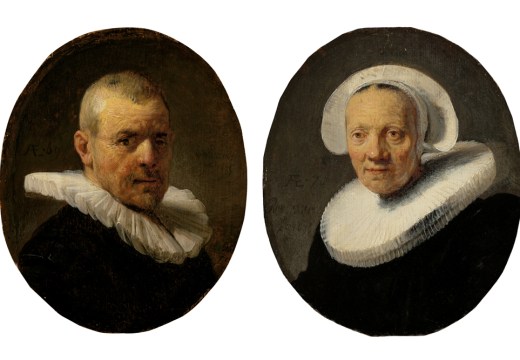
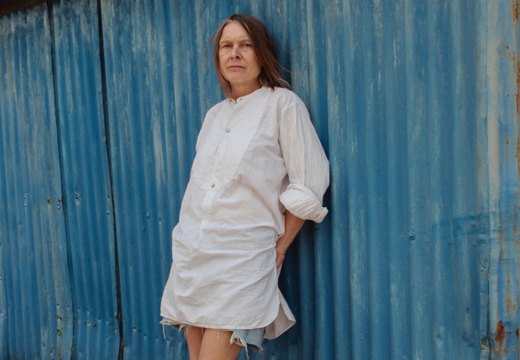









![Masterpiece [Re]discovery 2022. Photo: Ben Fisher Photography, courtesy of Masterpiece London](http://www.apollo-magazine.com/wp-content/uploads/2022/07/MPL2022_4263.jpg)
It’s time for the government of London to return to its rightful home